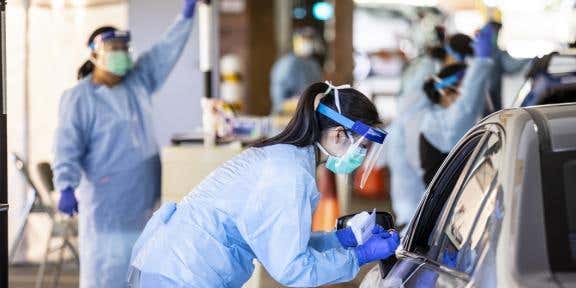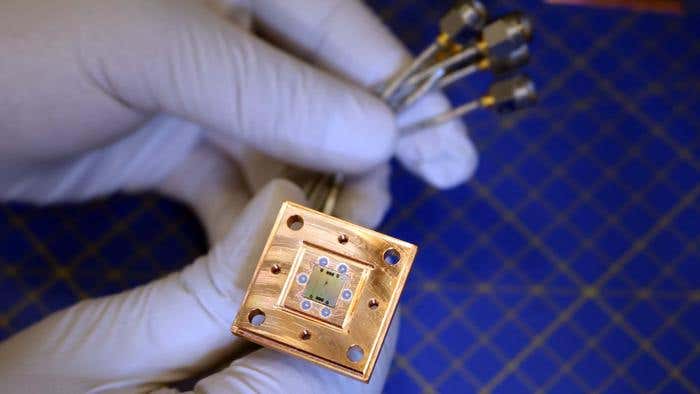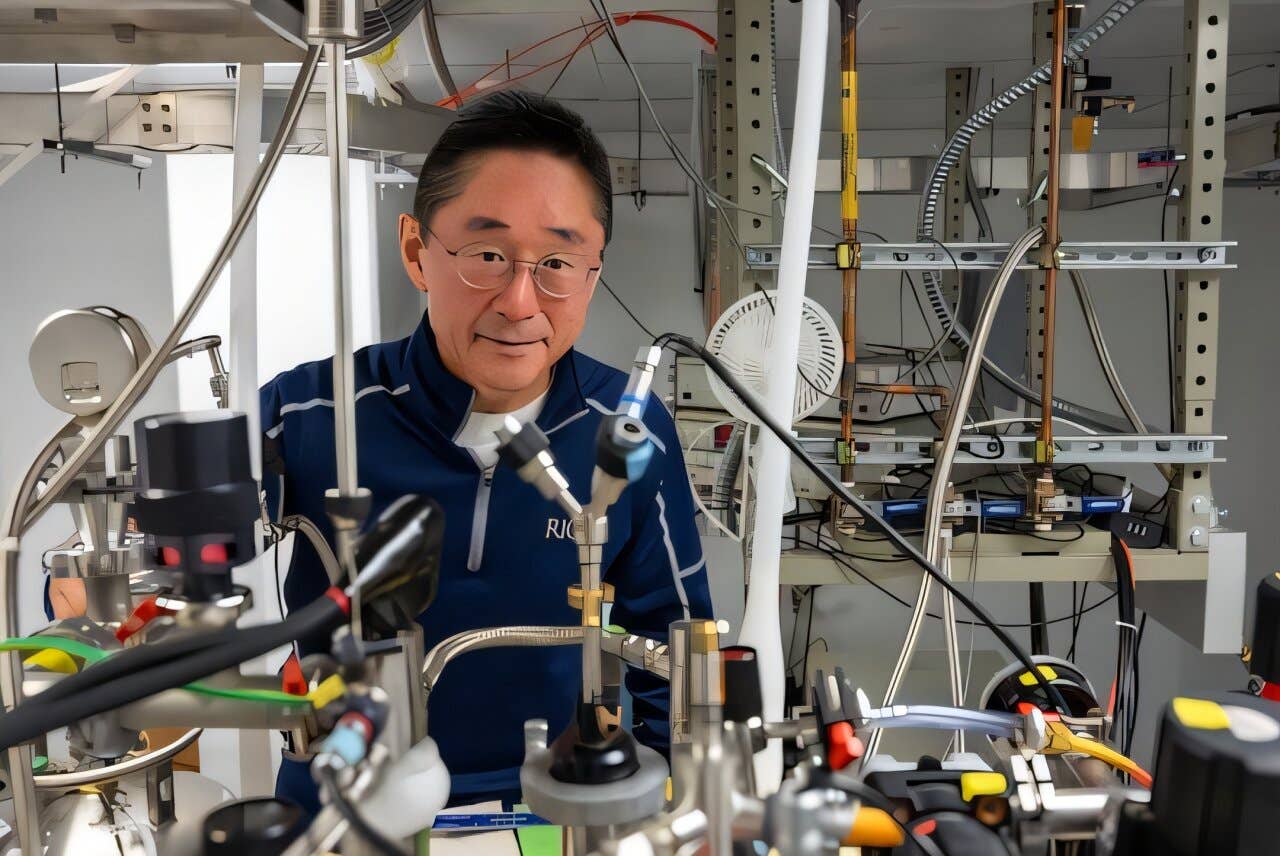COVID-19 testing method gives results within one second
Superfast, portable COVID-19 testing method detects the virus much faster than currently available methods

[May 18, 2021: AMERICAN INSTITUTE OF PHYSICS]
The COVID-19 pandemic made it clear technological innovations were urgently needed to detect, treat, and prevent the SARS-CoV-2 virus. A year and a half into this epidemic, waves of successive outbreaks and the dire need for new medical solutions -- especially testing -- continue to exist.
In the Journal of Vacuum Science & Technology B, researchers from the University of Florida and Taiwan's National Chiao Tung University report a rapid and sensitive testing method for COVID-19 biomarkers.
The researchers, who previously demonstrated detection of biomarkers relevant in epidemics and emergencies, such as the Zika virus, heart attacks, and cerebral spinal fluid leaks, leveraged their expertise to develop a sensor system that provides detection within one second, which is far faster than current COVID-19 detection methods.
"This could alleviate slow COVID-19 testing turnaround time issues," said Minghan Xian, an author and a chemical engineering doctoral candidate at the University of Florida.
Detecting the presence of the virus requires amplifying the numbers of the biomarker, such as the copies of viral ribonucleic acid in the common polymerase chain reaction technique for COVID-19 detection, or amplifying the binding signal for a target biomarker. The group's method amplifies the binding signal for a target biomarker.
"Our biosensor strip is similar to commercially available glucose test strips in shape, with a small microfluidic channel at the tip to introduce our test fluid," said Xian. "Within the microfluidic channel, a few electrodes are exposed to fluid. One is coated with gold, and COVID-relevant antibodies are attached to the gold surface via a chemical method."
During measurement, sensor strips are connected to a circuit board via a connector, and a short electrical test signal gets sent between the gold electrode bonded with COVID antibody and another auxiliary electrode. This signal is then returned to the circuit board for analysis.
"Our sensor system, a circuit board, uses a transistor to amplify the electrical signal, which then gets converted into a number on the screen," said Xian. "The magnitude of this number depends on the concentration of antigen, the viral protein, present within our test solution."
While the system's sensor strips clearly must be discarded after use, the test circuit board is reusable. This means the cost of testing may be greatly reduced. The versatility of this technology goes far beyond detecting COIVD-19.
"By altering the type of antibodies attached to the gold surface, we can repurpose the system to detect other diseases," said Xian. "The system can serve as a prototype for modularized, inexpensive protein biomarker sensors for expedient real-time feedback within clinical applications, operating rooms, or home use."
The article "Fast SARS-COV-2 virus detection using disposable cartridge strips and semiconductor-based biosensor platform" is authored by Minghan Xian, Hao Luo, Xinyi Xia, Chaker Fares, Patrick H. Carey IV, Chan-Wen Chiu, Fan Ren, Siang-Sin Shan, Yu-Te Liao, Shu-Min Hsu, Josephine F. Esquivel-Upshaw, Chin-Wei Chang, Jenshan Lin, Steven C. Ghivizzani, and Stephen J. Pearton. It will appear in Journal of Vacuum Science & Technology B on May 18, 2021 (DOI: 10.1116/6.0001060). After that date, it can be accessed at https://aip.scitation.org/doi/10.1116/6.0001060.
ABOUT THE JOURNAL
Journal of Vacuum Science & Technology B, an AVS journal published by AIP Publishing, is devoted to publishing reports of original research, letters, and review articles covering multiple disciplines with a focus on microelectronics and nanotechnology. See https://avs.scitation.org/journal/jvb.
ABOUT AVS
AVS is an interdisciplinary, professional society with some 4,500 members worldwide. Founded in 1953, AVS hosts local and international meetings, publishes five journals, serves members through awards, training and career services programs and supports networking among academic, industrial, government, and consulting professionals. Its members come from across the fields of chemistry, physics, biology, mathematics, engineering and business and share a common interest in basic science, technology development and commercialization related to materials, interfaces, and processing. https://www.avs.org
Like these kind of feel good stories? Get the Brighter Side of News' newsletter.
Tags: #New_Innovation, #COVID_19, #Medical_Good_News, #The_Brighter_Side_of_News
Joseph Shavit
Head Science News Writer | Communicating Innovation & Discovery
Based in Los Angeles, Joseph Shavit is an accomplished science journalist, head science news writer and co-founder at The Brighter Side of News, where he translates cutting-edge discoveries into compelling stories for a broad audience. With a strong background spanning science, business, product management, media leadership, and entrepreneurship, Joseph brings a unique perspective to science communication. His expertise allows him to uncover the intersection of technological advancements and market potential, shedding light on how groundbreaking research evolves into transformative products and industries.



